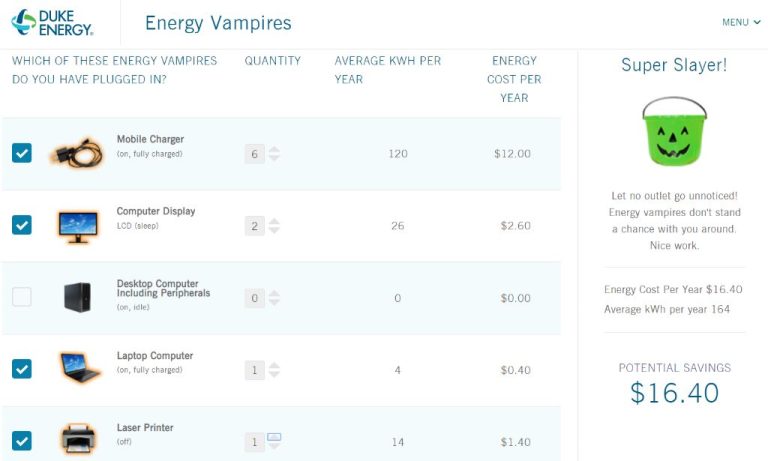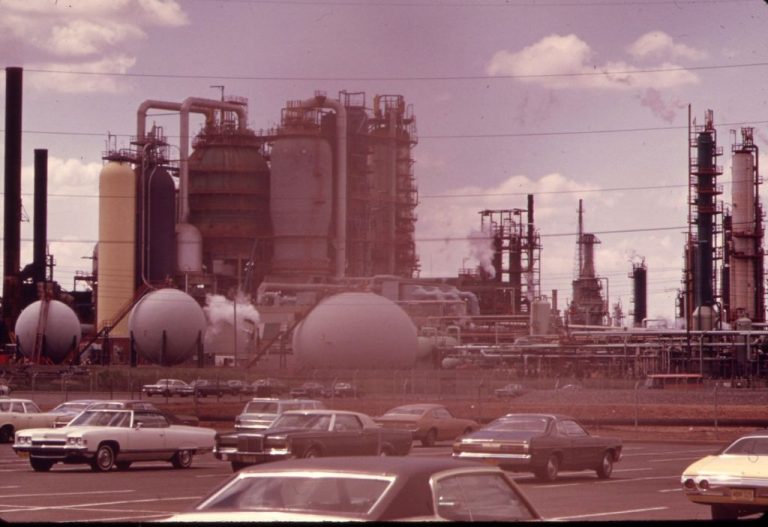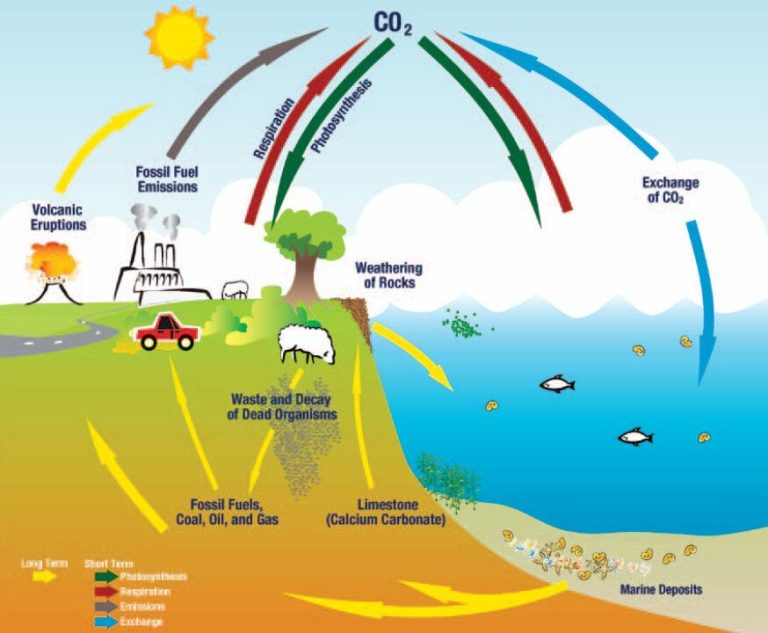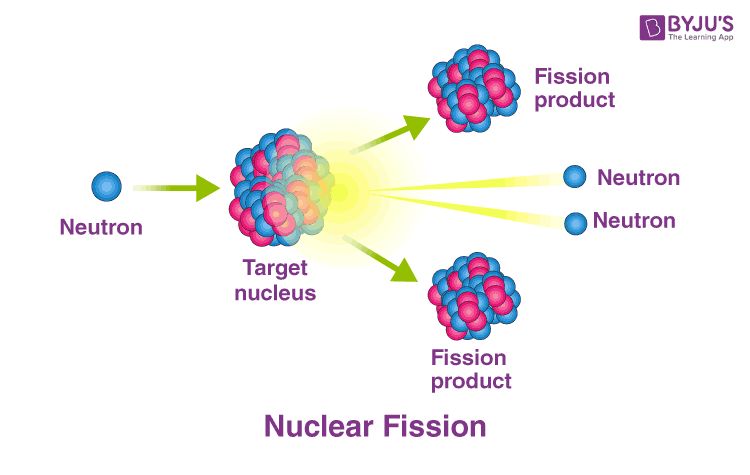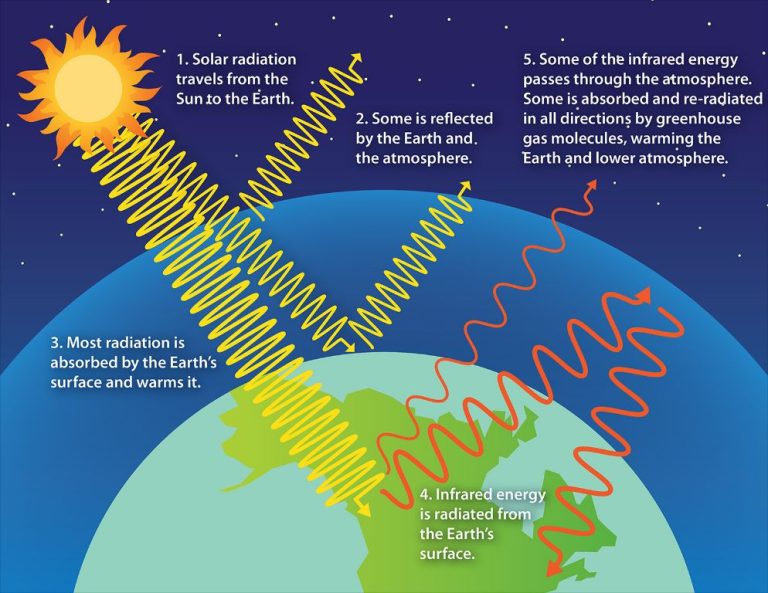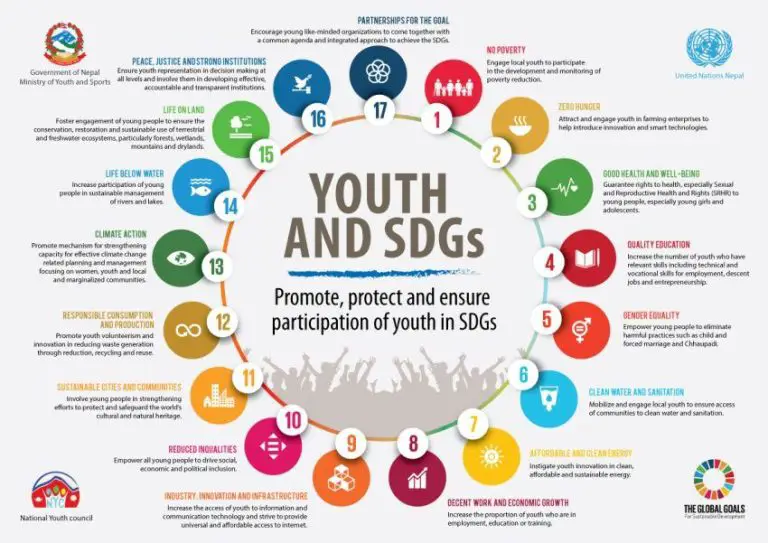Which Conversion Is Energy Released?
Energy conversion refers to the process of transforming one form of energy into another. Energy can take many forms, such as chemical, nuclear, thermal, electromagnetic, mechanical, sound, electrical, and gravitational potential energy. When energy is converted from one form to another, there may be energy released in the process.
For example, chemical energy stored in the bonds of molecules can be released as thermal energy through combustion reactions. Nuclear energy locked inside atomic nuclei can be converted into electrical energy in nuclear power plants. Thermal energy from heat sources can be transformed into mechanical energy to perform work. In all of these examples, converting one type of energy into another results in excess energy being released.
Understanding different types of energy conversion that result in energy release allows us to harness these processes to generate usable energy for human needs. This article will examine several major energy conversions and discuss how they result in energy being released.
Chemical Energy
Chemical energy is the energy stored in the bonds between atoms and molecules. It is the energy released or absorbed during chemical reactions, where chemical bonds are broken and formed. For example, when wood burns, the chemical energy stored in the bonds holding the atoms of wood together is released as heat and light energy.
During chemical reactions, reactants interact to form products. If the chemical bonds in the products contain more energy than the bonds in the reactants, energy will be released, often in the form of heat. This is known as an exothermic reaction. On the other hand, if energy is required to break the bonds in the reactants and form new bonds in the products, the reaction will absorb energy. This is an endothermic reaction.
The production and use of fossil fuels like coal, oil and natural gas involve chemical reactions that release large amounts of energy. Food metabolism also relies on chemical energy being released during metabolic reactions in cells. Explosives and batteries are other examples of chemical energy being converted to other forms.
Nuclear Energy
Nuclear energy comes from the splitting (fission) or merging (fusion) of atomic nuclei. Nuclear fission happens when a heavy atomic nucleus, like uranium or plutonium, splits into two smaller nuclei. This fission process also releases neutrons, photons, and a large amount of energy. Nuclear power plants use nuclear fission to boil water into steam, which is used to spin large turbines and generate electricity. Fusion works by fusing two light atomic nuclei together, forming a heavier nucleus and releasing energy. The sun produces energy through nuclear fusion. Scientists are researching fusion as a future energy source on Earth, but the technology is not yet practical.
Thermal Energy
Thermal energy refers to the internal energy present in substances due to the motion and vibration of their atoms and molecules. It is transferred between substances when heat flows due to a difference in temperature. There are three main mechanisms of heat transfer: conduction, convection, and radiation.
In conduction, heat is transferred through direct contact between materials. Metals are good conductors of heat. In convection, heat is transferred via the movement and mixing of hot and cold fluids. Convection currents enable the transfer of heat through liquids and gases. In radiation, heat is emitted in the form of infrared waves that travel directly from hot surfaces to cooler surfaces without heating the air in between. Radiant heaters and the warmth from the sun are examples of radiative heat transfer.
When two substances at different temperatures come in contact, heat flows spontaneously from the hotter to the colder body. As the hot body loses thermal energy, the cooler body gains it, until an equilibrium temperature is reached. The conversion of thermal energy to increased molecular motion represents a conversion of energy being released. This thermal energy can also be converted to other forms like mechanical energy.
Electromagnetic Energy
Electromagnetic energy is a form of energy that is related to electricity and magnetism. It refers to waves of electric and magnetic fields that transport energy through space. Some key points about electromagnetic energy:
– It moves at the speed of light and includes radio waves, microwaves, infrared radiation, visible light, ultraviolet radiation, X-rays, and gamma rays.
– It is generated by the motion of electrically charged particles. For example, electromagnetic waves are produced by oscillating electrons in antennas.
– It does not require a medium to propagate. Electromagnetic waves can travel through the vacuum of space.
– It exhibits wavelike properties and particle-like properties. Electromagnetic radiation carries energy and momentum.
– It interacts with matter. It can be absorbed, reflected, refracted, polarized, diffracted, and scattered.
– Common applications include radio communication, thermal radiation, remote controls, and solar cells.
So in summary, electromagnetic energy is a versatile form of energy with electric and magnetic field components that allows transport of energy through space and enables many useful technologies.
Mechanical Energy
Mechanical energy is the energy stored in objects by tension or motion. For example, a compressed spring contains mechanical energy in the form of potential energy. The energy can be released when the spring expands. Similarly, a moving object like a ball contains kinetic energy, which is the energy of motion. The faster an object moves, the more kinetic energy it has.
Mechanical energy can be converted into work. Work occurs when an object is moved by an applied force. For example, when you lift a book from the floor to a table, you do work on the book by applying an upward force to move it. The work done equals the force applied times the distance moved. More work is done when the force is increased and/or the distance is increased.
Mechanical energy such as kinetic energy or elastic potential energy can be converted into work. When a compressed spring is released, it does work to expand, transferring energy in the process. A moving object like a swinging bat can do work on a baseball to launch it. The mechanical energy is converted to work which causes motion and transfers energy.
Sound Energy
Sound energy is the energy carried by sound waves. Sound waves are longitudinal waves that travel through mediums like air, water or solids by causing vibrations of molecules. These vibrations cause variations in pressure and density in the mediums which our ears detect as sounds. The energy in sound waves comes from whatever source initially produced the sound such as a vibrating guitar string, someone’s vocal cords, or the beating of drums.
As sound waves travel through a medium, they transport energy but not matter. The molecules simply oscillate around their original positions as the wave passes. The amplitude of the wave determines the loudness while the frequency determines the pitch. Higher amplitude means louder sound and higher frequency means higher pitched sound.
Sound energy can be converted into other forms of energy. For example, microphones can convert sound waves into electrical signals while speakers can convert electrical signals back into sound energy. Sound waves carrying a lot of energy can do physical work like breaking glass. Overall, sound energy is a common everyday form of energy that we experience through hearing.
Electrical Energy
Electrical energy refers to the energy carried by the motion of electrons in an electric current. It involves the movement of electrons, which carry a negative charge, through a conductor. This flow of electric charge is known as an electric current. Electrical energy is generated at power plants by mechanical generators that spin and induce a voltage, causing electrons to move through transmission lines to homes and businesses.
An electric current is the rate of flow of electric charge past a point. It is measured in amperes (amps). Electricity involves high voltage, which pushes electrons through a circuit, overcoming their resistance to motion. The higher the voltage, the more rapid the motion of electrons in the circuit. As electrons move through a circuit, they transfer energy that powers electric devices and appliances. This energy delivery allows electrical energy to be converted into other useful forms, such as light, heat, or mechanical energy, to perform useful work.
Gravitational Potential Energy
Gravitational potential energy is the energy stored in an object due to its position or height above the ground. For example, a ball at the top of a hill or a book on a high shelf has gravitational potential energy. This stored energy has the potential to be converted into kinetic energy if the object falls.
The amount of gravitational potential energy an object has depends on its mass, gravity, and height above the ground. The higher the object, the more potential energy it possesses. Gravitational potential energy can be calculated using the equation:
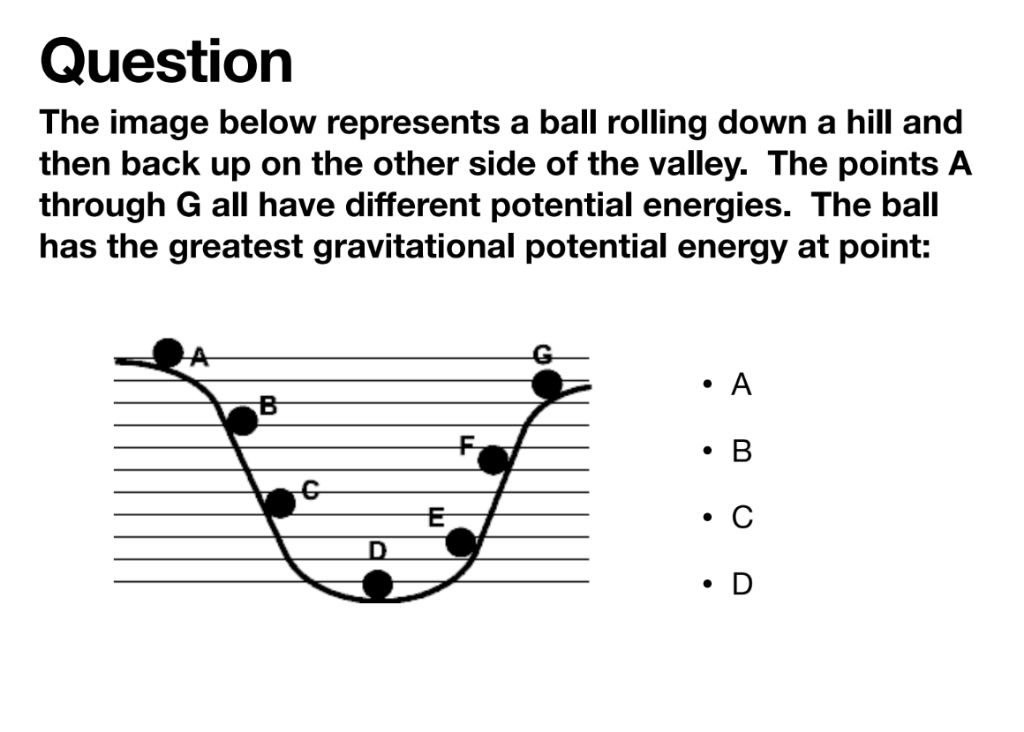
PEgrav = mgh
Where m is mass, g is gravitational acceleration, and h is height.
When the object falls, its potential energy is converted into kinetic energy. The kinetic energy continues increasing as gravitational potential energy decreases. At the instant before the object hits the ground, all of its gravitational potential energy has been converted into kinetic energy.
Examples of gravitational potential energy in everyday life include holding a ball up in the air, lifting a box up onto a shelf, or climbing to the top of a ladder. The higher the object goes, the more gravitational potential energy it gains that can later be released as kinetic energy.
Conclusion
In summary, the energy conversions that release energy are:
- Chemical energy to thermal energy – Combustion or metabolic reactions convert the chemical energy stored in molecules into heat.
- Nuclear energy to thermal energy and electromagnetic energy – Nuclear fission or fusion reactions release energy in the form of heat and radiation.
- Thermal energy to mechanical energy – Heat engines like internal combustion engines convert thermal energy into kinetic energy.
- Electromagnetic energy to thermal energy – Absorption of electromagnetic waves like microwaves converts the radiation energy into thermal energy.
- Mechanical energy to thermal energy – Friction converts ordered kinetic energy into disordered thermal energy.
- Mechanical energy to sound energy – Mechanical vibrations of objects convert kinetic energy into acoustic energy.
- Electrical energy to light and thermal energy – As charge flows through resistance, electrical energy is converted into heat and light.
- Gravitational potential energy to kinetic energy – When objects fall, their gravitational potential energy is converted into kinetic energy.
In all these examples, a more ordered or concentrated form of energy is released or converted into more dispersed or random forms of energy. This one-way conversion results in an increase in entropy or disorder of the system and its surroundings.

